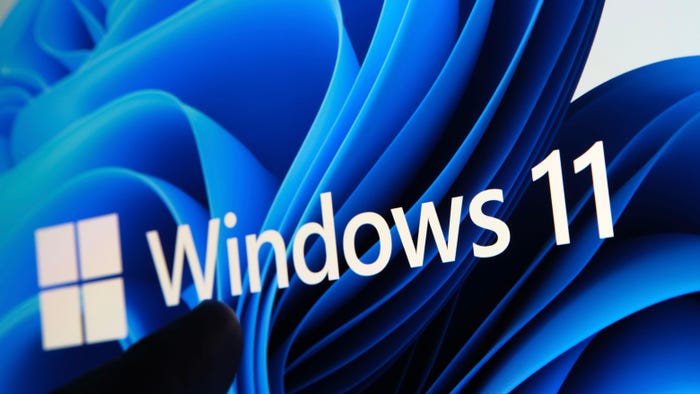Microsoft Issues Internet Explorer Security Advisory
Users of Internet Explorer 6 and 7 may be vulnerable to a malware attack.

The publication of proof-of-concept exploit code affecting Internet Explorer 6 and 7 over the weekend prompted Microsoft on Monday to issue a Security Advisory.
Microsoft says that it is investigating the reported vulnerability, which affects Internet Explorer 6 Service Pack 1 on Microsoft Windows 2000 Service Pack 4, and Internet Explorer 6 and Internet Explorer 7 on Windows XP, Windows Server 2003, Windows Vista, and Windows Server 2008.
Internet Explorer 5.01 Service Pack 4 and Internet Explorer 8 are not affected.
Microsoft says that it is not aware of attacks attempting to exploit the reported vulnerability.
"The vulnerability exists as an invalid pointer reference of Internet Explorer," Microsoft's Advisory states. "It is possible under certain conditions for a CSS/Style object to be accessed after the object is deleted. In a specially-crafted attack, Internet Explorer attempting to access a freed object can lead to running attacker-supplied code."
The fact that Internet Explorer 6 and 7 together account for about 41% of the Web browser market means attackers will be tempted to exploit the vulnerability, says Michael Sutton, VP of security research at Zscaler, a computer security company.
"Attacks such as these are also prime candidates for targeting otherwise legitimate Web sites as an attack vector," Sutton said in an e-mailed statement. "The exploit can be triggered simply via HTML code, so attackers can inject code into Web sites with weak security protections."
According to Symantec Security Response, the proof-of-concept exploit exhibits inconsistent behavior.
Symantec expects that future exploits prove more effective.
While Microsoft has yet to issue a patch for the vulnerability, its advisory offers several ways to mitigate the risk of attack.
Finding the flaws in your operating systems and applications is only the beginning. You then need to plot a path to security and ensure that no new weaknesses find their way onto your network. This Dark Reading report focuses on how to do that. Download the report here (registration required).
Read more about:
2009About the Author
You May Also Like
Catch the Threat Before it Catches you: Proactive Ransomware Defense
September 5, 2024How to Evaluate Hybrid-Cloud Network Policies and Enhance Security
September 18, 2024DORA and PCI DSS 4.0: Scale Your Mainframe Security Strategy Among Evolving Regulations
September 26, 2024Harnessing the Power of Automation to Boost Enterprise Cybersecurity
October 3, 2024
[Virtual Event] The Essential Guide to Cloud Management
October 17, 2024Black Hat Europe - December 9-12 - Learn More
December 10, 2024SecTor - Canada's IT Security Conference Oct 22-24 - Learn More
October 22, 2024



_Tero_Vesalainen_Alamy.jpg?width=700&auto=webp&quality=80&disable=upscale)
